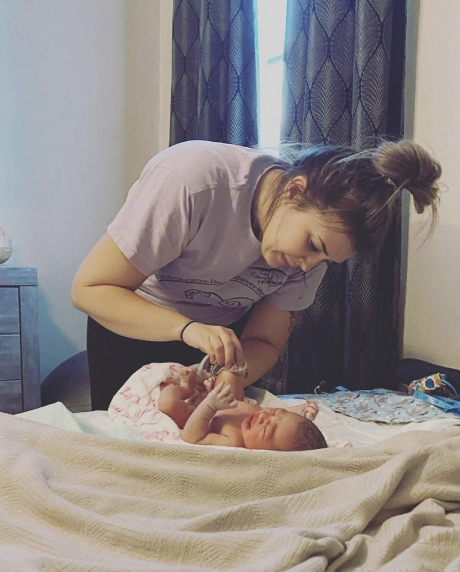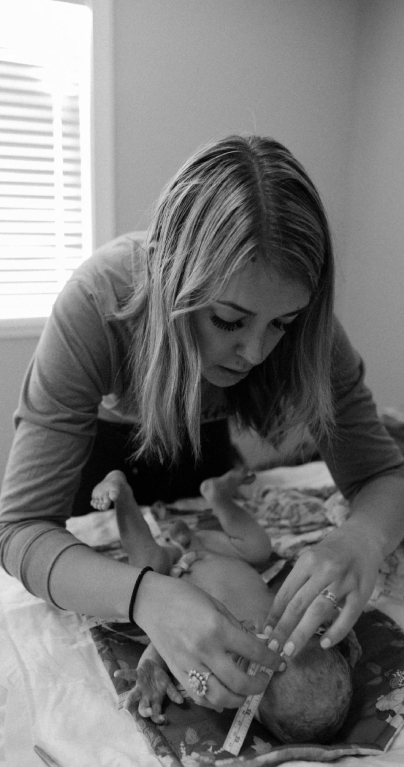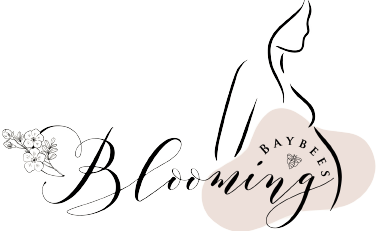- Homebirth Safety
- Comfort Measures
- Are You a Good Candidate For Homebirth
Homebirth Safety &
Facts



The home has been the natural setting for childbirth since the beginning of humankind. Only in the last century have births begin to take place in hospitals.
Tori Hinkle

Homebirth Safety & Facts
WHAT FACTORS MAKE HOMEBIRTH A SAFER OPTION?
“This comes from a good risk selection system, good transport in place and well-trained midwives.” – Ank de Jonge, a practising midwife and senior researcher on the study from the VU University Medical Centre in Amsterdam, said their findings showed that the system in the Netherlands was working well.
Home birth complications ‘less common’ than hospital >
The Birth Place Lab, in the Division of Midwifery at the University of British Columbia, facilitates multi-disciplinary and community-based participatory research on high quality maternity health care across birth settings. >

After the birth of your baby
After the birth of your baby, a homebirth allows for the most important experience of uninterrupted bonding. The baby is immediately placed on its mother’s chest as skin-to-skin contact between baby and momma is so very important. Allowing the baby’s heart rate to stabilize, breathing to normalize, and momma’s body to respond appropriately to the postpartum phase, this skin-to-skin contact is essential for a smooth third stage of labor. Whether initiating breastfeeding or simply gazing into each other’s eyes without interruption, this time of bonding right after birth cannot be delayed or interrupted. This serves as a contrast to a hospital birth experience in which well-meaning nurses prefer to measure, weigh, poke, examine, wipe and diaper almost immediately after birth, and often even before the mother has been able to significantly hold and bond with her child. We prefer to do newborn exams after an initial bonding period of approximately 1-2 hours. All immediate and necessary examinations of the baby can easily be done while the baby and mother are bonding. The rest can wait for an hour or so.
Research
During a natural labor in which a woman in not managed and is permitted to move freely and make decisions that seem best to her, she feels most safe and secure. When in this state of supported, safe childbirth, her body releases stress management hormones to alleviate some of the discomfort associated with contractions. These hormones do not make childbirth pain-free, but they do make childbirth comparable to strenuous physical exercise. In an unmanaged or undisturbed labor, these hormones build up in the woman’s body which allows her to follow her natural birthing instincts. This approach to childbirth gives both mothers and babies minimum disturbance and approaches birth with the optimism that has been present in generations since the beginning of time. This is a contrast to the medical approach to childbirth in which medical interventions interrupt the natural release of hormones. This hormonal shift often leads to the necessity of further intervention.
Many mammals prefer to be undisturbed while laboring, or to have only trusted companions close by and available when needed. Women who choose a homebirth with a midwife have such an environment available to them. Attendants can be as close as necessary, or provide the mother the distance she needs to feel most safe and relaxed. Being at home, the natural lighting, design, flexibility and comfort of being in the midst of familiar surroundings, all contribute to the peace and security that enable her to experience a safe and healthy birth.
Homebirth fathers experience a homebirth very differently from that of a hospital birth. He is free to participate fully in decision-making and clearly be the primary support person for the birth of his child. This provides both parents with confidence in themselves and each other as they begin their child.
Did You Know that Homebirths Can Save You Money?
Homebirth Is Substantially Cheaper than a Hospital-Based Birth!
Hospital Vaginal Delivery
• No Complications $10,169 *
• With Complications $13,373 *
Hospital Cesarean Section Delivery
• No Complications $17,705 *
• With Complications $25,178 *
Notes: Figures do not include the following:
• additional anesthesia services charge for all cesarean and most vaginal births in hospitals.
• additional newborn care charge for all births in hospitals.
• additional maternity provider charge for all births.
*Payments of third-party payers typically reflect a discounting of charges.
A midwive's fee will usually include all antenatal appointments with the midwife, from the first prenatal appointment to the last postpartum checkup, and everything in between, including attendance at your birth. It also includes the necessary blood work and basic health screenings performed during the pregnancy. Some do not perform ultrasounds. However, if an ultrasound is desired, they can provide referrals for you to go have an ultrasound (at an additional cost to you). Many medical insurance policies provide for the coverage and care provided by a midwife. It is best to discuss, at your first appointment or consultation, the details of your insurance or your need for a payment plan if paying out-of-pocket. Most midwives offer a free interview consultation. Research shows that infant mortality was 19% lower in midwife-attended births. Multiple studies indicate that the location of birth (home versus hospital) did not result in increased maternal deaths when comparing spontaneous vaginal deliveries. Women who labor at a freestanding birth center have less instrumental or cesarean deliveries; more mobility during labor; fewer interventions, episiotomies and tears requiring sutures; and greater incidences of spontaneous vaginal births – than women who labor in a hospital. Data compiled from Optimal Care in Childbirth: the Case for a Physiologic Approach by Henci Goer and Amy Romano (2012). While costs ideally should not be a primary concern when evaluating your birthing options, it is worth mentioning that the costs of a hospital birth are significantly greater than those of a homebirth.
